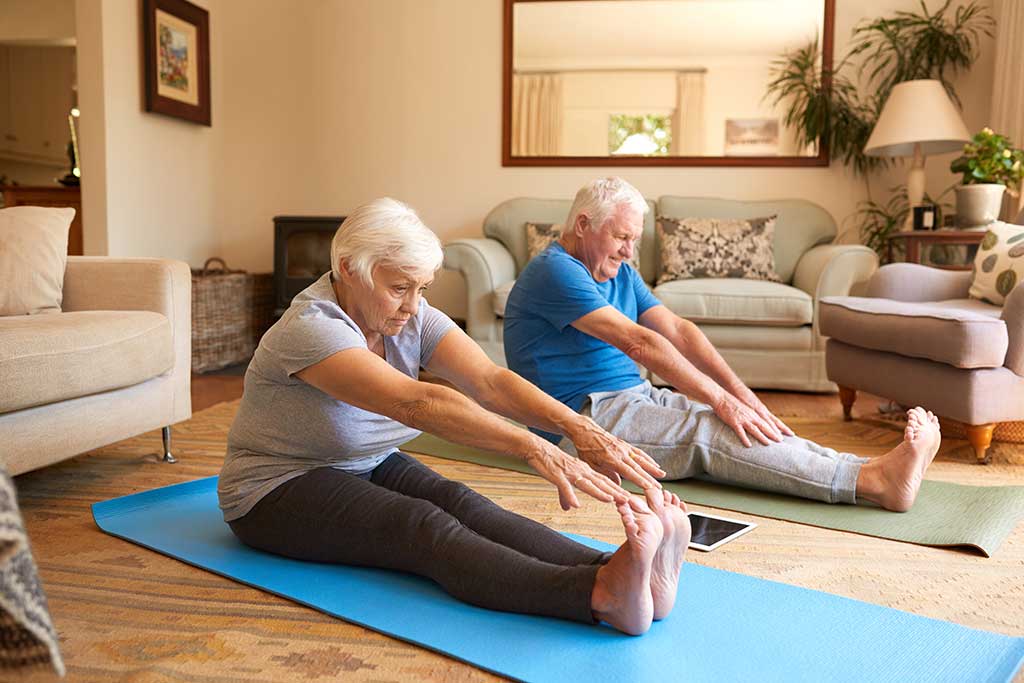We all lose part of the functionality we had when we were younger as we get older. Muscles get shorter and less elastic as we age, joints become weaker, and our range of motion decreases. Resistance training has been shown to reduce the impacts of age-related muscle loss, as well as the consequences of bone-related illnesses including osteoarthritis and osteoporosis. Stretching can help active aging and improve the efficiency of functional training. Here’s why stretching exercises are important for your loved ones.
Stretching Helps Alleviate Back Discomfort and Lessens the Symptoms of Arthritis
Osteoarthritis and spinal stenosis are common causes of lower back discomfort in the elderly. Stretching will not be able to reverse the underlying issue, but it will help to alleviate the pain. Stretching on a regular basis can help to improve flexibility and range of motion, as well as reduce stiffness in the affected joints. Functional training exercises or strength training are another approach to warm up the muscles and joints before stretching. Apply an ice pack to the joints after stretching to reduce any symptoms of swelling.
Stretching Can Help You Avoid Falling
Flexibility and a wide range of motion are essential for maintaining balance and avoiding falls. It’s very vital to maintain and increase quadriceps and hamstring flexibility, as well as hip joint mobility. Static balance, or our ability to balance while standing still, and dynamic balance, or our ability to balance while moving, are directly affected by these muscles and joints, as well as lumbar spine strength.
Stretching also improves circulation, which is vital for staying aware of your surroundings and attentive to any threats or blockages that could lead to a fall.
Stretching Can Help Maintain a Good Posture
Because the water content of connective tissue, such as ligaments and tendons, diminishes with age, this is an unavoidable element of aging. Poor posture can also be caused by tight ligaments and tendons. Stretching on a regular basis helps improve flexibility and relax tight ligaments, tendons, and muscles. Stretching mixed with strength training aimed at strengthening supporting muscles can result in substantial changes in posture and range of motion.
Stretching Promotes Blood Flow and Vitality
Low-intensity stretching that incorporates movement to improve the stretch has been demonstrated to lengthen muscles and improve circulation and nutrient flow throughout the body. Increased energy is a crucial aspect of active, independent aging for older persons. Stretching enhances the body’s energy levels by increasing circulation and nutrient flow. Arm swings, shoulder circles, lunges, leg swings, and squats are all examples of dynamic stretches.
Keep in mind that functional training, stretching, and strength training are all more effective when done in tandem. Regular stretching is especially beneficial when it is part of a comprehensive training program that also includes balance, strength, and cardio activities. Our bodies require movement from the moment we are born. It is more crucial than ever to stay active as we age.







